Home>Gardening & Outdoor>Outdoor Structures>What Size Post For A Pergola
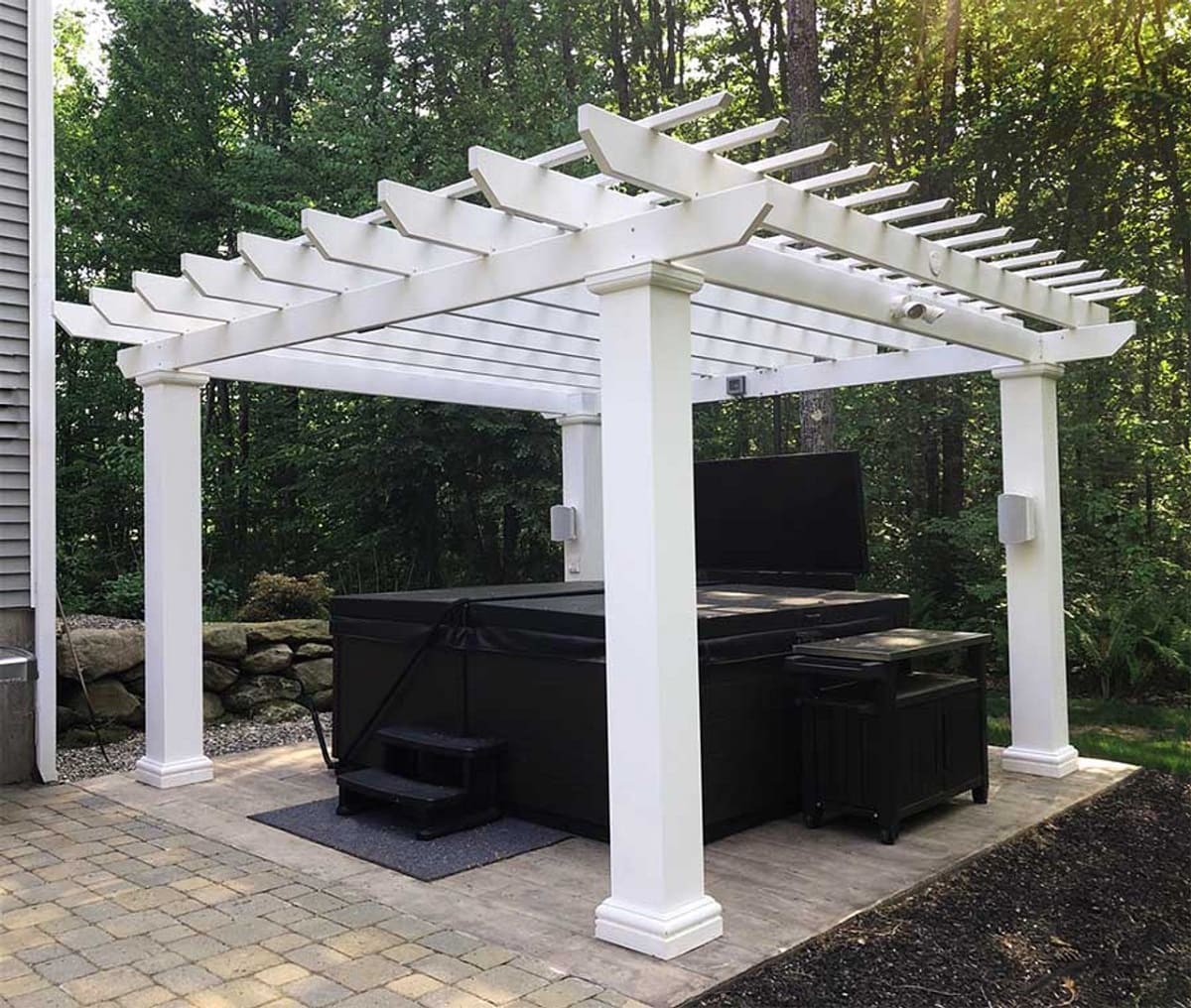

Outdoor Structures
What Size Post For A Pergola
Published: January 18, 2024
Discover the right size post for your pergola and enhance your outdoor space with our expert advice on outdoor structures. Explore now!
(Many of the links in this article redirect to a specific reviewed product. Your purchase of these products through affiliate links helps to generate commission for Storables.com, at no extra cost. Learn more)
Introduction
When it comes to building a pergola, selecting the right size for the posts is crucial for ensuring structural integrity, longevity, and aesthetic appeal. The posts serve as the foundational support for the entire structure, bearing the weight of the beams and providing stability against the elements. Understanding the key factors that influence the choice of post size and the common options available can empower you to make informed decisions for your pergola project. Let’s delve into the essential considerations and options for determining the ideal post size for your pergola.
Key Takeaways:
- Choose pergola post size based on height, spacing, and local codes. Consider environmental factors, load-bearing needs, and material for a sturdy and visually appealing structure.
- Common post sizes like 4×4, 6×6, and 8×8 offer varying support for different pergola designs. Metal and composite options provide modern alternatives for durability and aesthetics.
Read more: How To Set Pergola Posts
Factors to Consider
Several factors should be taken into account when determining the appropriate size for the posts of your pergola. These factors play a critical role in ensuring that the pergola not only looks visually appealing but also stands strong and resilient against various environmental conditions. Here are the key factors to consider:
- Height and Spacing: The height of the pergola and the spacing between the posts are essential considerations. Taller pergolas and wider post spacings may require larger and sturdier posts to provide adequate support and stability.
- Local Building Codes: It’s imperative to familiarize yourself with the building codes and regulations in your area. These codes often stipulate the minimum post size and structural requirements for outdoor structures, including pergolas, to ensure safety and compliance.
- Environmental Factors: The climate and environmental conditions in your region can influence the choice of post size. Areas prone to high winds, heavy snow loads, or seismic activity may necessitate thicker and more robust posts to withstand these challenges.
- Load-Bearing Capacity: Consider the intended use of the pergola. If it will support heavy vines, hanging plants, or lighting fixtures, the posts must be capable of bearing these additional loads without compromising their structural integrity.
- Material Selection: The type of material used for the posts, such as pressure-treated wood, cedar, or metal, can impact the required size. Different materials have varying load-bearing capacities and structural properties that influence the sizing considerations.
- Aesthetic Preferences: While functionality and safety are paramount, your aesthetic preferences also play a role. The size and style of the posts can contribute to the overall look and feel of the pergola, complementing the design of your outdoor space.
By carefully evaluating these factors, you can make informed decisions that align with both structural requirements and your design vision for the pergola.
Choosing the Right Size
When it comes to selecting the right size for the posts of your pergola, precision and forethought are essential. The chosen size should not only meet structural and safety requirements but also harmonize with the overall design and function of the pergola. Here’s a closer look at the steps involved in choosing the right size for your pergola posts:
- Consult Local Building Codes: Begin by familiarizing yourself with the specific building codes and regulations governing outdoor structures in your area. These guidelines often outline the minimum post size and structural specifications necessary to ensure compliance and safety.
- Assess Environmental Demands: Evaluate the environmental conditions in your region, including wind loads, snow accumulation, and seismic activity. These factors can influence the required sturdiness and thickness of the posts to withstand the challenges posed by your local climate.
- Determine Load-Bearing Needs: Consider the intended use of the pergola. If it will support heavy lighting fixtures, hanging plants, or climbing vines, the posts must be capable of bearing these additional loads without compromising their stability and structural integrity.
- Factor in Pergola Height and Spacing: The height of the pergola and the spacing between the posts are crucial considerations. Taller pergolas and wider post spacings may necessitate larger and sturdier posts to ensure adequate support and stability.
- Select Suitable Material: The choice of material for the posts, whether it’s pressure-treated wood, cedar, metal, or composite materials, can impact the required size. Different materials possess varying load-bearing capacities and structural properties that influence the sizing considerations.
- Consider Aesthetic Preferences: While prioritizing safety and functionality, consider the visual impact of the posts on the overall design of the pergola. The size and style of the posts should complement the aesthetic appeal of your outdoor space.
By carefully considering these factors and following these steps, you can confidently determine the right size for the posts of your pergola, ensuring a harmonious blend of functionality, safety, and visual appeal.
When determining the size of posts for a pergola, consider the overall dimensions of the structure and the weight it will support. As a general rule, 6×6 or 8×8 posts are commonly used for most pergolas to ensure stability and durability.
Common Post Sizes
When it comes to pergola construction, several common post sizes are widely used to provide the necessary support and structural integrity for these outdoor structures. The choice of post size is influenced by various factors, including the overall design, load-bearing requirements, and local building codes. Here are some of the common post sizes utilized in pergola construction:
- 4×4 Posts: These are popular for smaller pergolas and provide ample support for structures with minimal spans and loads. They are often used in pergolas with compact dimensions and lighter roofing materials.
- 6×6 Posts: Offering increased load-bearing capacity, 6×6 posts are commonly employed in medium-sized pergolas. They provide enhanced stability and are suitable for supporting moderate spans and heavier roofing materials.
- 8×8 Posts: Ideal for larger pergolas and those with substantial spans and heavier roofing materials, 8×8 posts offer robust support and structural stability. They are often chosen for pergolas requiring heightened load-bearing capabilities.
- Metal Posts: In some modern pergola designs, metal posts, such as steel or aluminum, are utilized for their exceptional strength and durability. These posts come in various diameters and thicknesses, offering versatile options for meeting specific structural requirements.
- Composite Posts: Composite materials, combining wood fibers and synthetic resins, are increasingly being used in pergola construction. These posts are available in different sizes and profiles, providing a durable and low-maintenance alternative to traditional wood posts.
It’s important to note that the actual dimensions of these posts can vary based on the specific material and design requirements. Additionally, custom sizes may be available based on the unique demands of a particular pergola project. By understanding the characteristics and load-bearing capabilities of these common post sizes, you can make an informed choice that aligns with the structural and aesthetic needs of your pergola.
Conclusion
Choosing the right size for the posts of your pergola is a crucial decision that impacts both the structural integrity and visual appeal of the outdoor structure. By carefully considering factors such as local building codes, environmental demands, load-bearing requirements, and aesthetic preferences, you can make informed choices that ensure the pergola stands strong and complements your outdoor space.
From the versatility of 4×4 posts to the robust support provided by 8×8 posts and the modern options of metal and composite posts, there is a wide range of common post sizes available to meet diverse design and structural needs. Understanding the capabilities and characteristics of these post sizes empowers you to select the most suitable option for your pergola project.
Ultimately, the right post size for your pergola is one that seamlessly integrates with the design, provides the necessary support, and enhances the overall aesthetic of your outdoor living space. Whether you opt for the timeless appeal of wood or the contemporary advantages of metal or composite materials, the chosen post size should reflect your vision for a beautiful, durable, and functional pergola.
By leveraging this knowledge and considering the key factors at play, you can embark on your pergola construction journey with confidence, knowing that the chosen post size will lay the foundation for a captivating and enduring outdoor retreat.
Frequently Asked Questions about What Size Post For A Pergola
Was this page helpful?
At Storables.com, we guarantee accurate and reliable information. Our content, validated by Expert Board Contributors, is crafted following stringent Editorial Policies. We're committed to providing you with well-researched, expert-backed insights for all your informational needs.
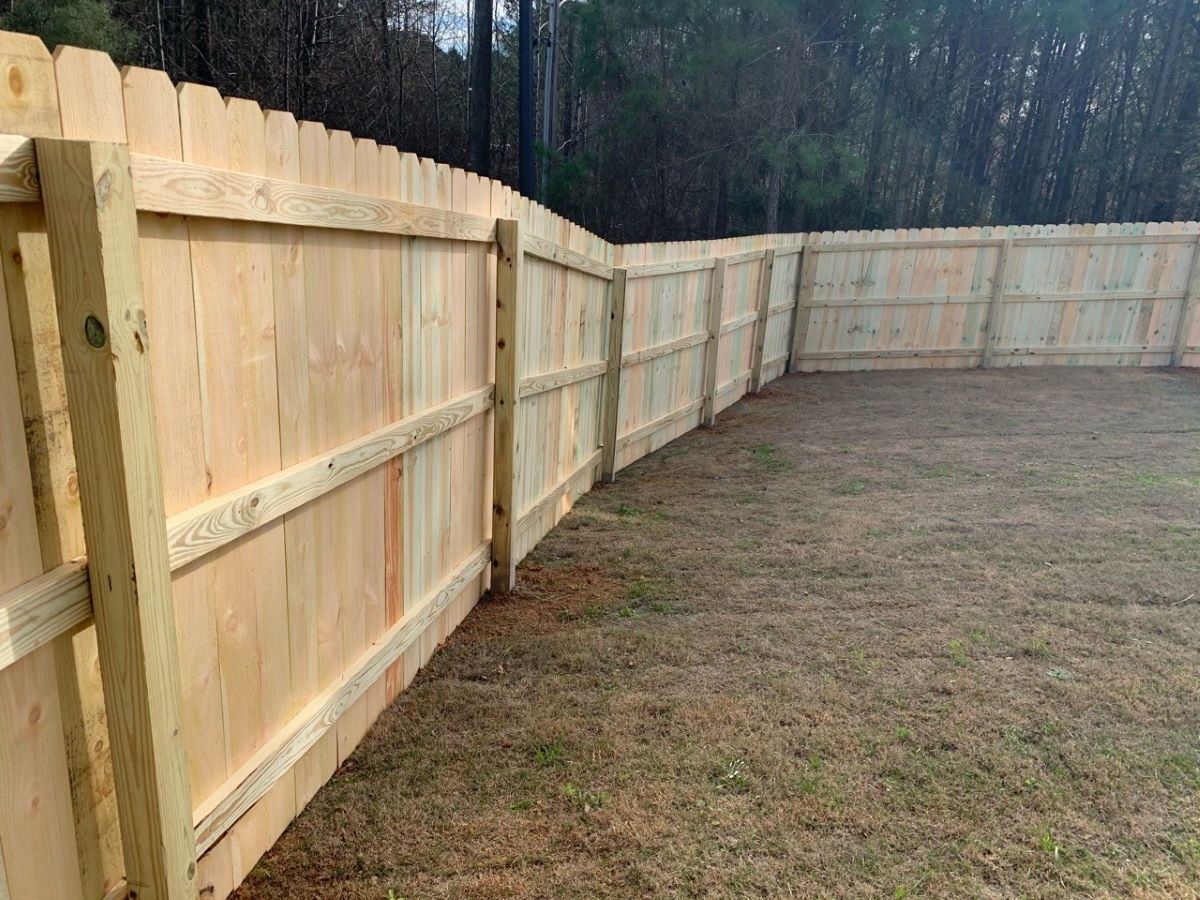

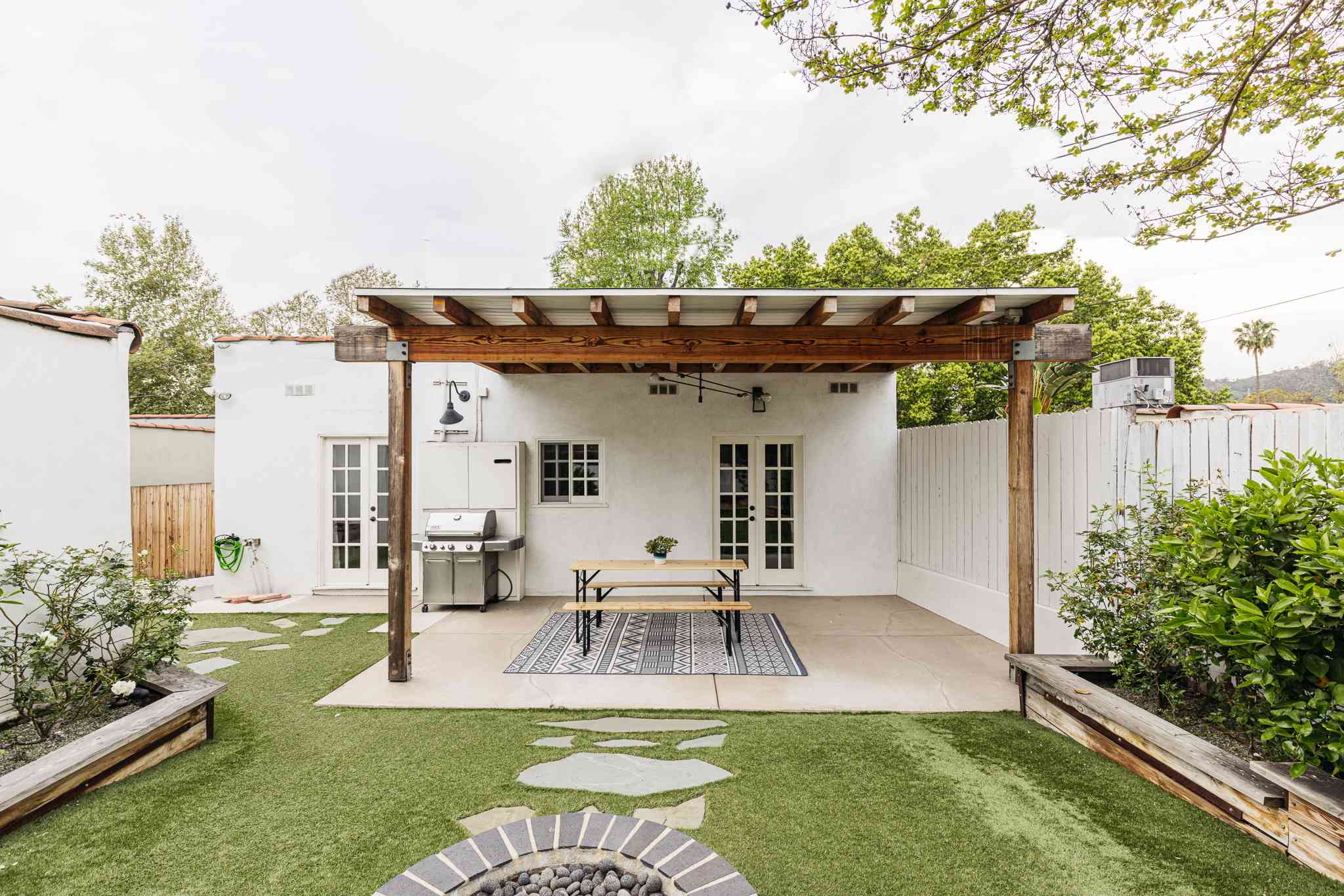
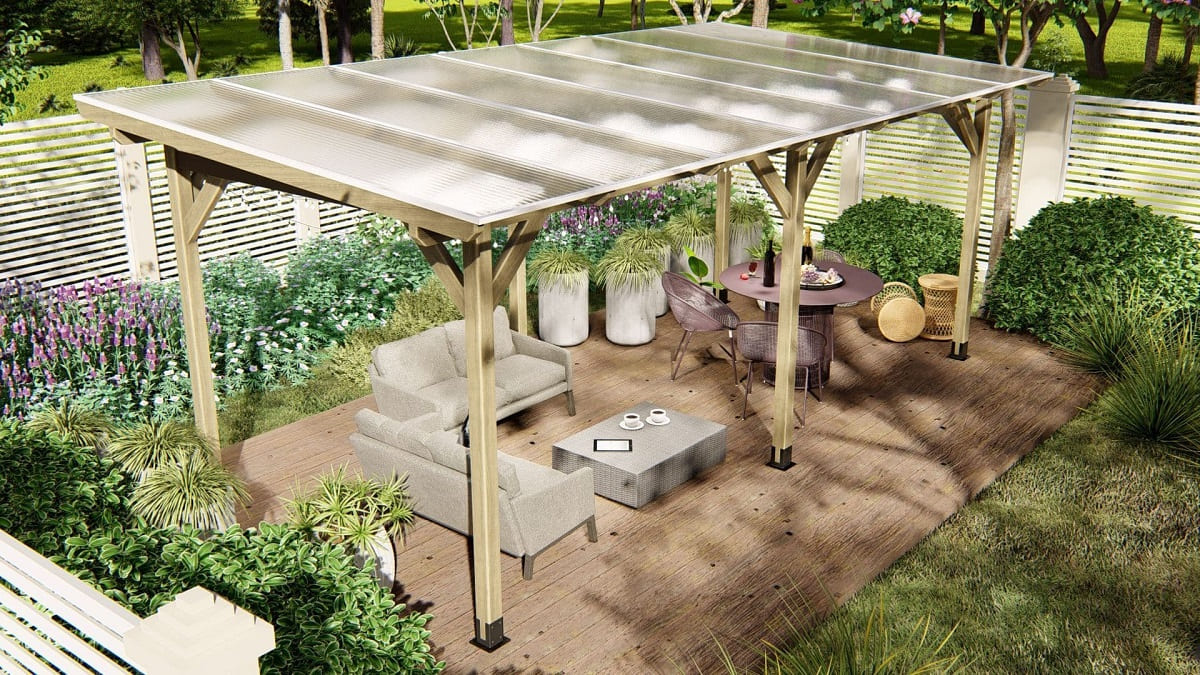

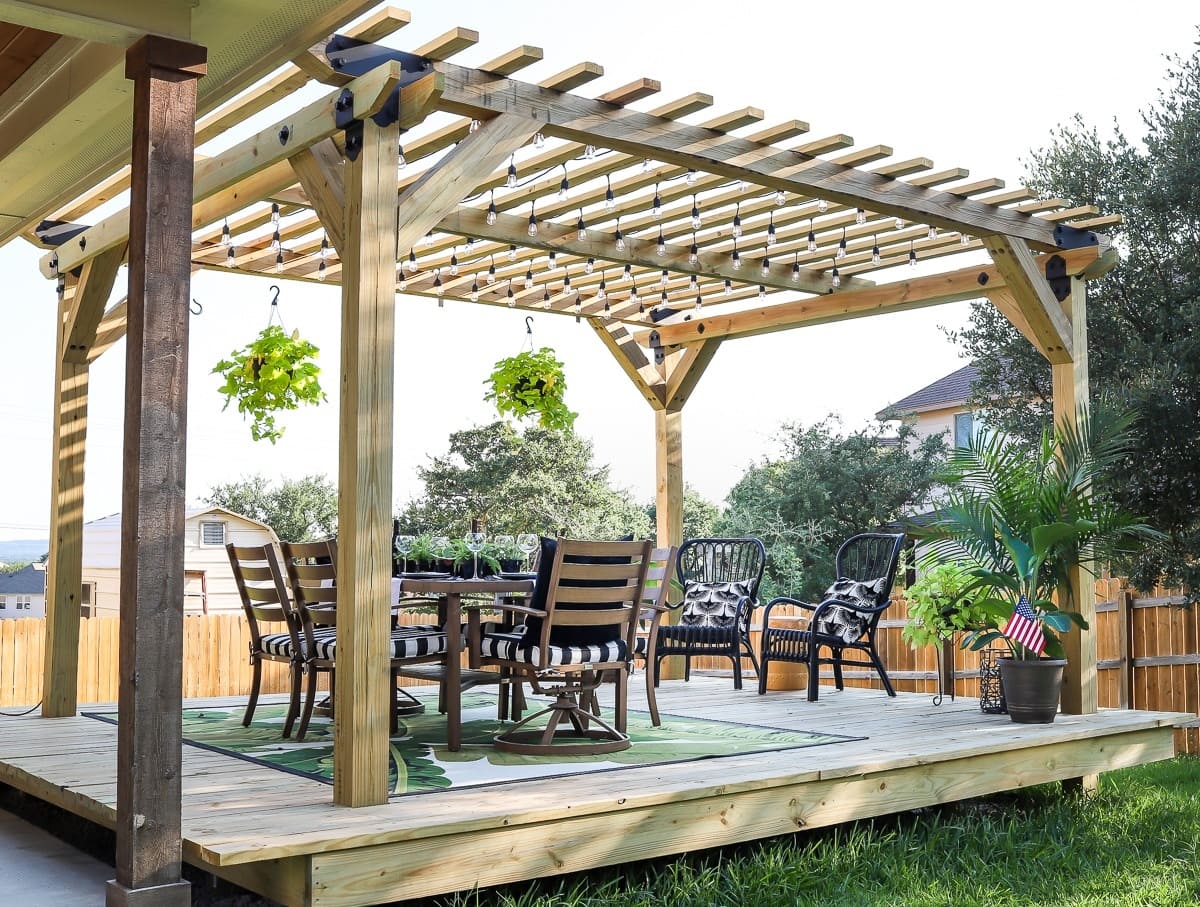
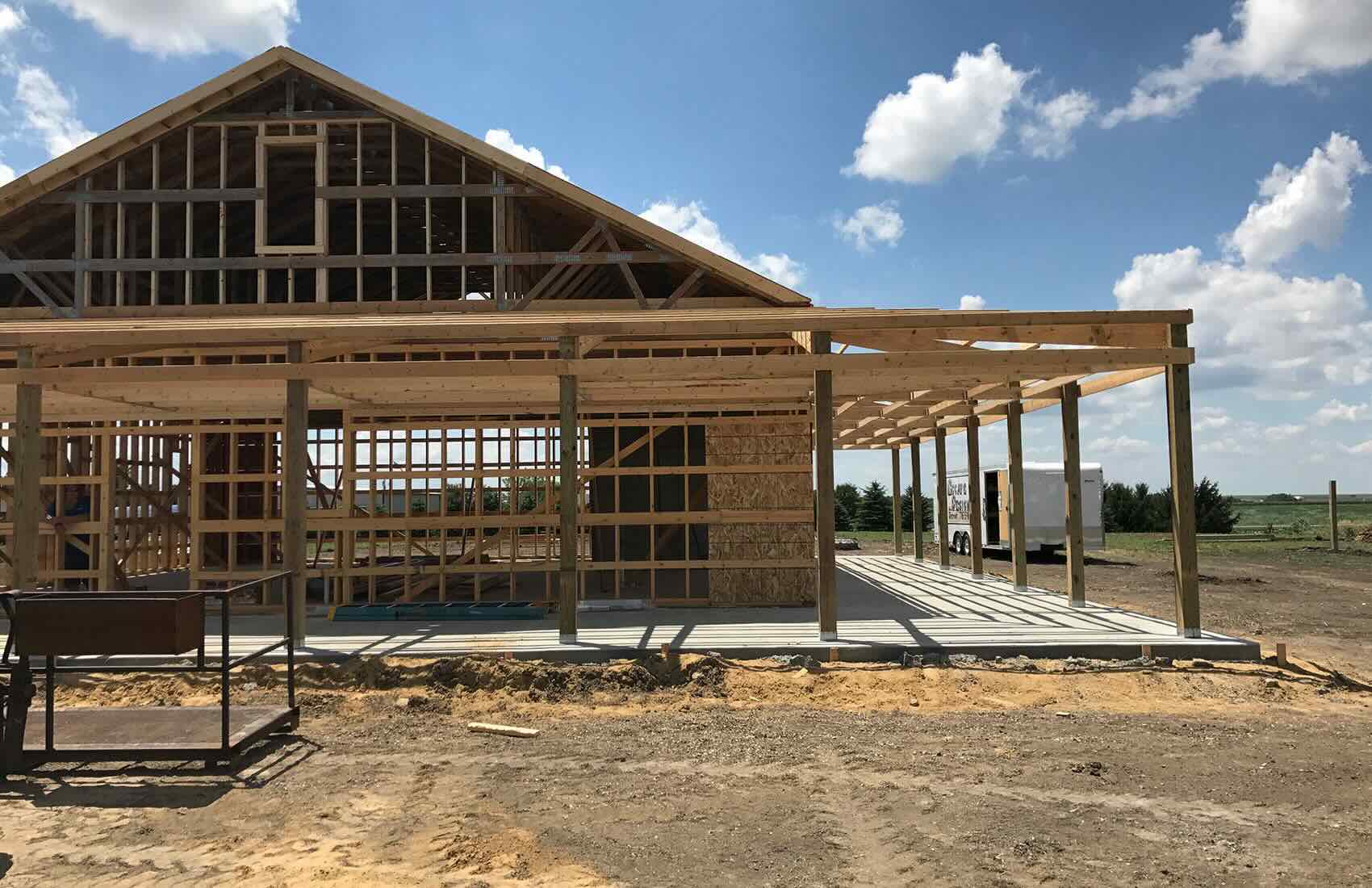
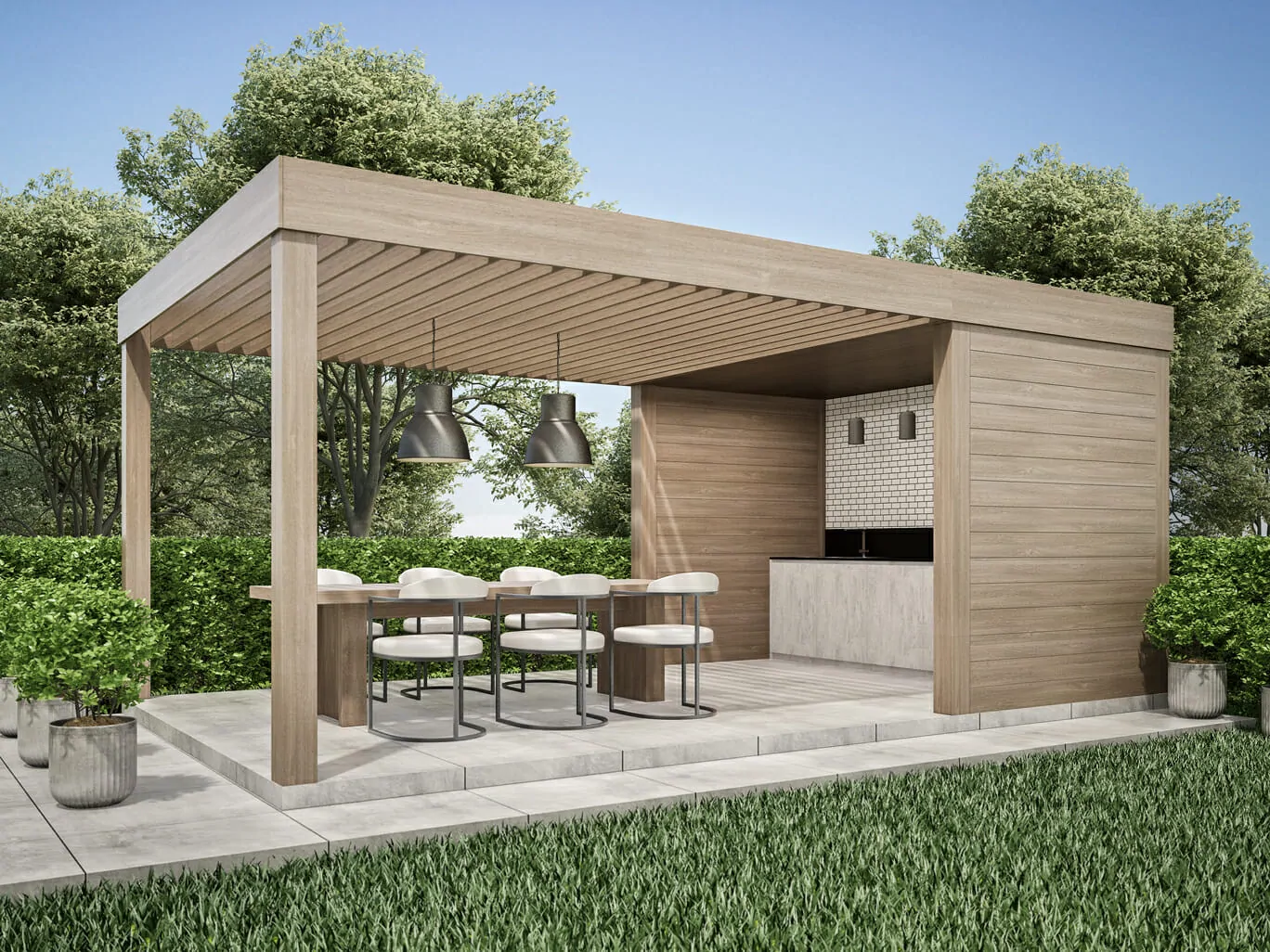
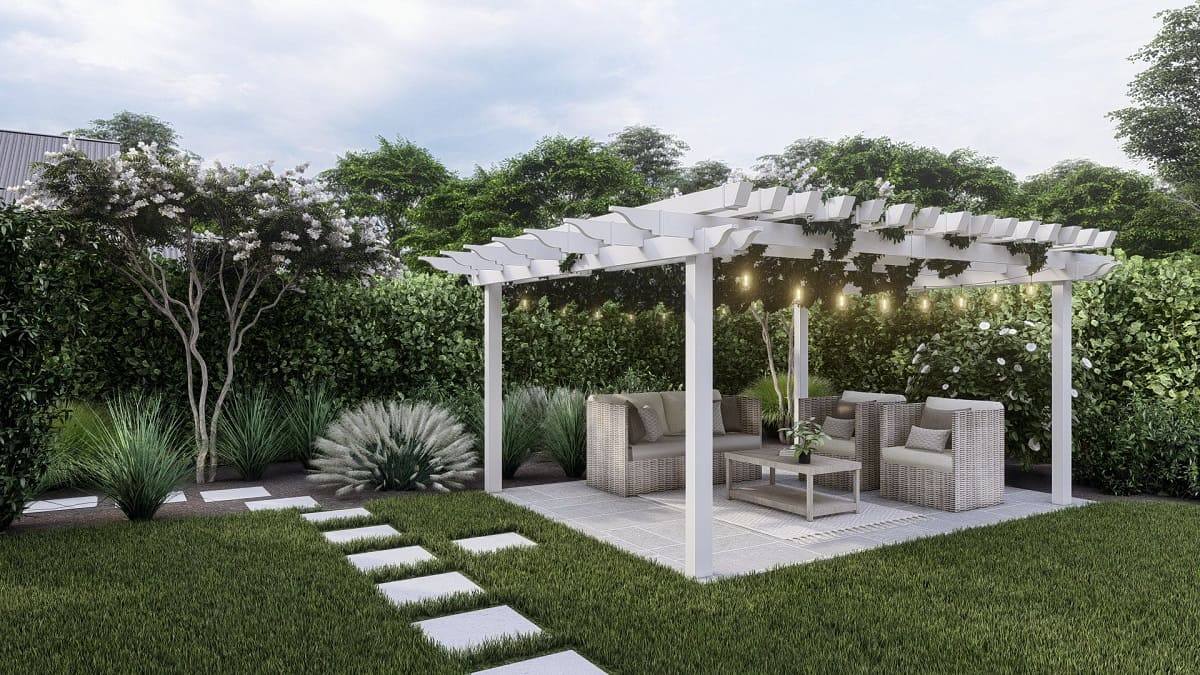

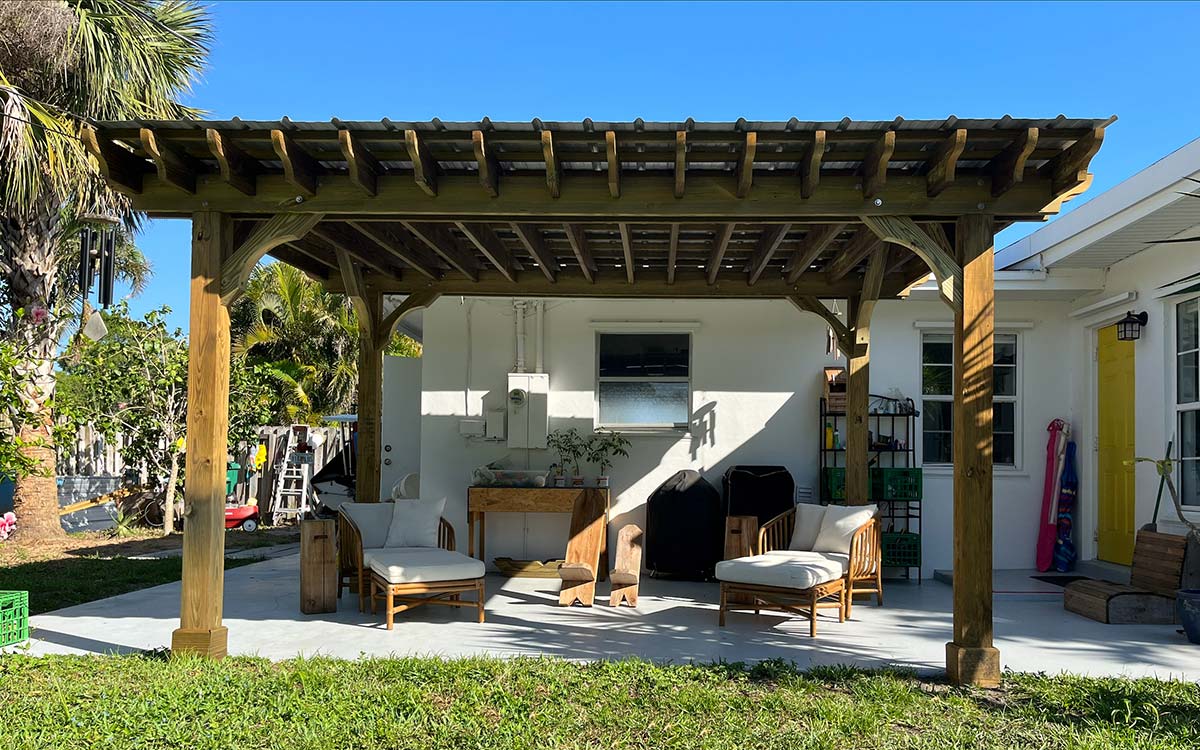
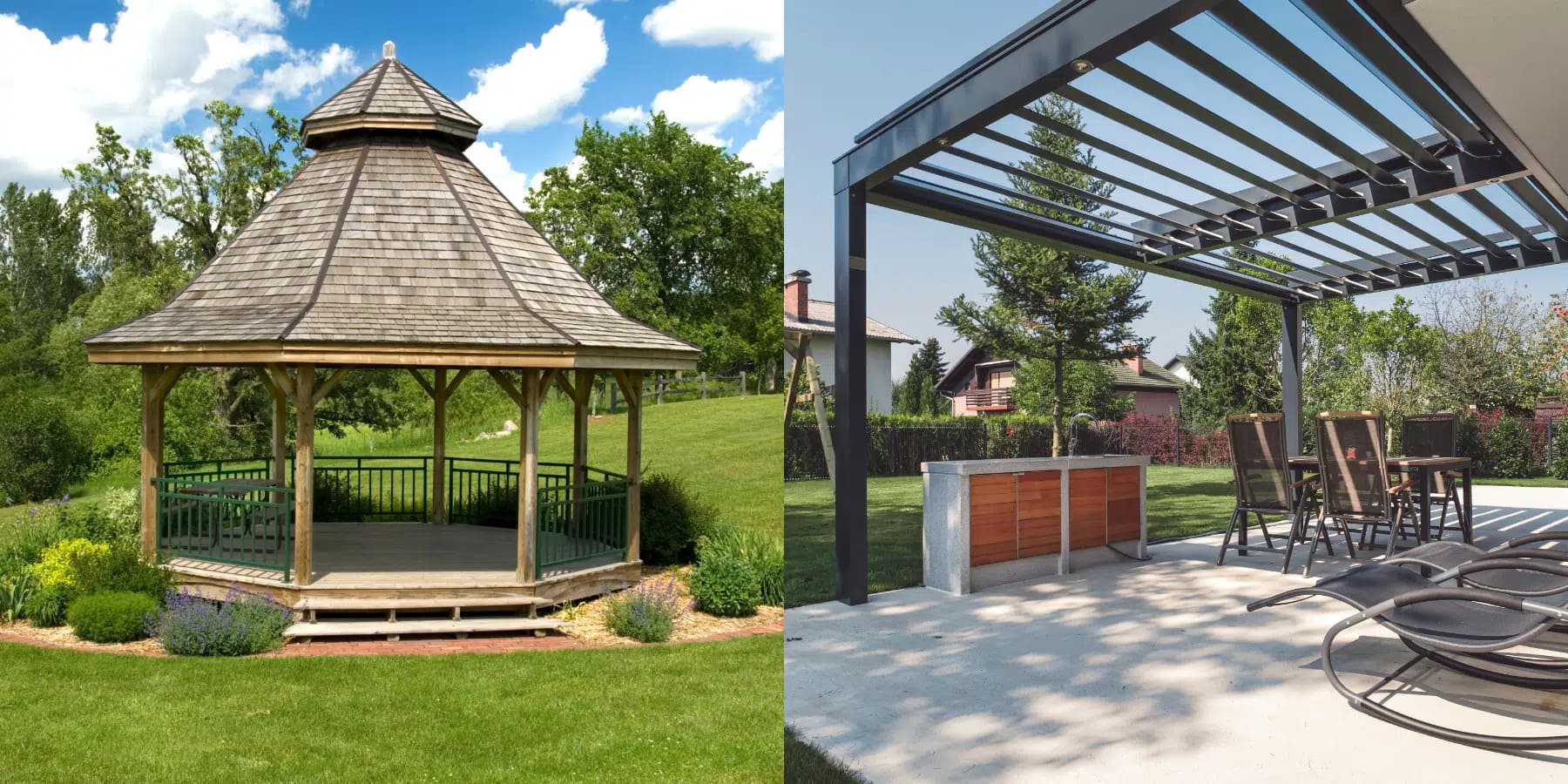


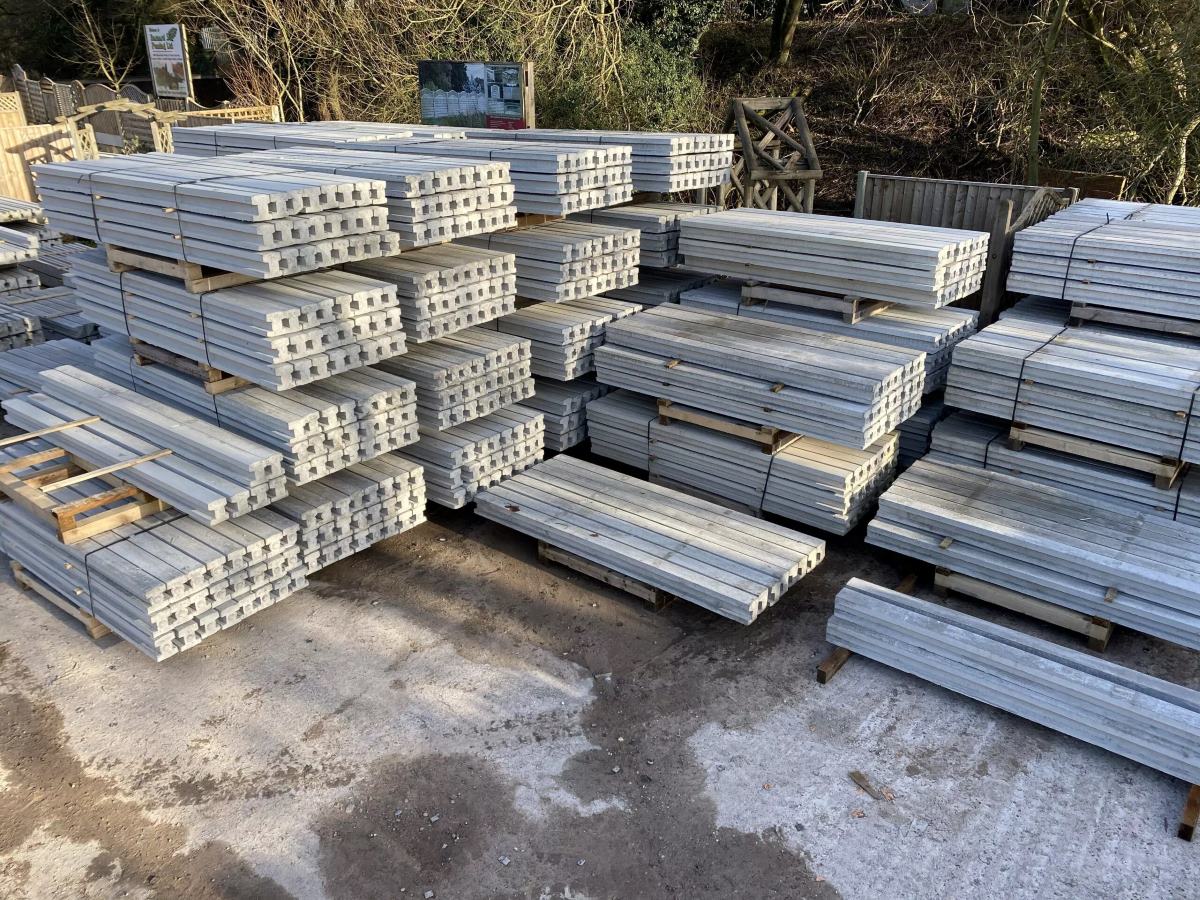

0 thoughts on “What Size Post For A Pergola”